Daily Rituals for Self Care IV: Basic Breathing and Meditation Exercises to practice everyday.
This article is the fourth installment of our 6-part series “Daily Rituals for Self-Care.” We already wrote about the importance of anti-inflammatory foods, of hydration, as well as about the benefits of dry skin brushing in the previous chapters.
MEDITATE AND BREATHE
What would you do if you were stranded on a desert island away from all civilization and you were starting to get seriously overwhelmed hearing yourself think all day long? And what if that desert island was your apartment? Or, on the contrary, what if you couldn’t hear yourself think anymore since were forcibly appointed island (home) teacher to a band of savage monkeys (children)? The short answer is of course… learn to breathe and meditate!
Taking a few minutes of your days for these mindful exercises will bring you a very needed break from overwhelming mental activity. What is more, meditation has been proven to help to reduce stress, enhance concentration abilities, and improve overall wellbeing (1) (2). Stress has a huge impact on our immune system and these daily exercises can help keep our cortisol levels in check, strengthen our immune response (3)(4).
Here is a very simple step by step guide to ease yourself into these life-changing exercises.
Try them once in the evening and once in the morning, and see what you prefer. Repeat the next day. A little bit everyday (5 minutes even!) goes a very long way.
Alternate Nostril Breathing (Anuloma Viloma)
This traditional alternate nostril breathing is called Anuloma Viloma in Ayurveda. It is an ancient technique used to calm and balance the energy flow through the body. This breathing technique helps calm the mind and prepare for meditation.
Sit in a comfortable position keeping your spine straight.
Cover your right nostril with your right index finger.
Deeply Inhale through your left nostril.
Exhale through your right nostril. Then inhale through the same right nostril
Exhale through the left nostril. This is one round.
Complete 10-15 rounds.
Simple Meditation
Guided meditations that you can find online are also good , but sometimes it is even better to unplug completely and practice this bare bones, traditional meditation technique .
You can start this exercise right after the breathing exercise.
Start by setting a timer for 5 minutes. As you get comfortable you can progressively increase it to 10, 15, 20 minutes.
Sit in a comfortable position, with a straight spine.
Close your eyes very gently, without frowning.
Focus on your breath and notice all the sensations of your inhales and exhales, try not to change anything about how you are breathing, just notice.
Consciously relax the muscles of your face and continue focusing on your inhales and exhales.
Whenever you catch yourself thinking of something, detach from that train of thought and go back to paying attention to all the sensations of your breathing. Do this as many times as necessary until the timer goes off. This is the actual exercise of meditation.
Sources
(1) Saeed SA. Et al. Depression and Anxiety Disorders: Benefits of Exercise, Yoga, and Meditation. Am Fam Physician. 2019 May 15;99(10):620- 627.
(2) Ponte Marguez PH. Et al. Benefits of mindfulness meditation in reducing blood pressure and stress in patients with arterial hypertension. J Hum Hypertens. 2019 Mar;33(3):237-247 32. Powers S. Insight Yoga. Shambala, Boulder CO. 2008. p. 121. p.123
(3) Adam EK. Et al. Diurnal cortisol slopes and mental and physical health outcomes: A systematic review and meta-analysis. Psychoneuroendocrinology. 2017 Sep;83:25-41
(4) Mcgregor BA. Et al. Stress, cortisol, and B lymphocytes: a novel approach to understanding academic stress and immune function. Stress. 2016;19(2):185-91.

